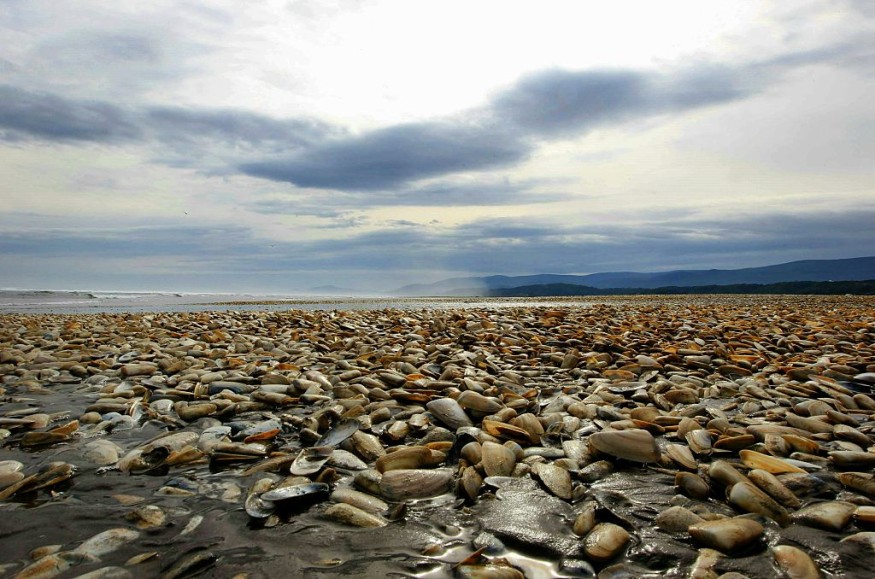A woman was paralyzed for 12 hours after eating a toxic shellfish in New Zealand, according to reports on Tuesday, August 30.
New Zealand local Kim Taia ate some shellfish called pipi, which is a type of clam native to Australia and New Zealand, after gathering it at Little Waihi Beach in North Island, New Zealand, back in 2014.
Taia experienced a "tingling sensation" in her lips shortly after eating them.
Taia survived the ordeal but she had to go through a series of numbness in her head and dizziness, as well as being hospitalized for several days.
She also lost sensation in her arms and hands, which even paramedics could not explain at that time.
The following morning, Taia was completely paralyzed from head to toe.
Toxic Shellfish

Newsweek reported on Tuesday that doctors eventually realized that the woman had eaten a toxic shellfish, which contains a biotoxin that causes the foodborne illness called paralytic shellfish poisoning.
It has been considered to be common yet one of the most serious types of marine poisoning.
Taia said she could not move when she woke up and had a hard time breathing before her condition was diagnosed by the medical professionals.
The victim told her experiences to the New Zealand Herald following the incident.
Also Read: Shellfish Shed Light On Pangea's Ancient Climate
Paralytic Shellfish Poisoning
The Washington State Department of Health (DOH) states that paralytic shellfish poisoning or PSP is a natural marine biotoxin produced by some microscopic algae species.
PSP is passed into the lower level of the food chain when shellfish eat the said algae, which can retain the toxin for a prolonged period of time by sticking in their tissue.
The biotoxin called saxitoxin is capable enough to make a person ill just by eating a contaminated shellfish, which are considered filter feeders who pump water through their systems, filtering out and consuming algae and other food particles.
The shellfish poisoning targets the nervous system and paralyzes the muscles, with high levels of the toxin can lead to severe illness and death, the Washington health agency added.
The Washington health department outlines the following types of shellfish and other animal species, groups affected by PSP:
- bivalve molluscan shellfish like clams, geoduck, oysters, mussels, and scallops
- moon snails
- gastropods
Other marine species like sea cucumbers could also be affected, as well as crabs since they feed on shellfish.
What is Saxitoxin?
The biotoxin responsible for causing PSP is called saxitoxin, a neurotoxin and is reportedly the best-known paralytic shellfish toxin worldwide.
According to the Centers for Disease Control and Prevention (CDC), ingestion of saxitoxin can result in numbness of the oral mucosa as early as 30 minutes after exposure, resulting in various gastrointestinal and neurological health complications.
Specifically, the typical illnesses under severe poisoning are nausea, vomiting, cranial nerve dysfunction, headache muscle weakness, parasthesias, vertigo, and a floating sensation.
Lethal cases of saxitoxin exposure may cause respiratory failure and death from paralysis.
© 2025 NatureWorldNews.com All rights reserved. Do not reproduce without permission.





